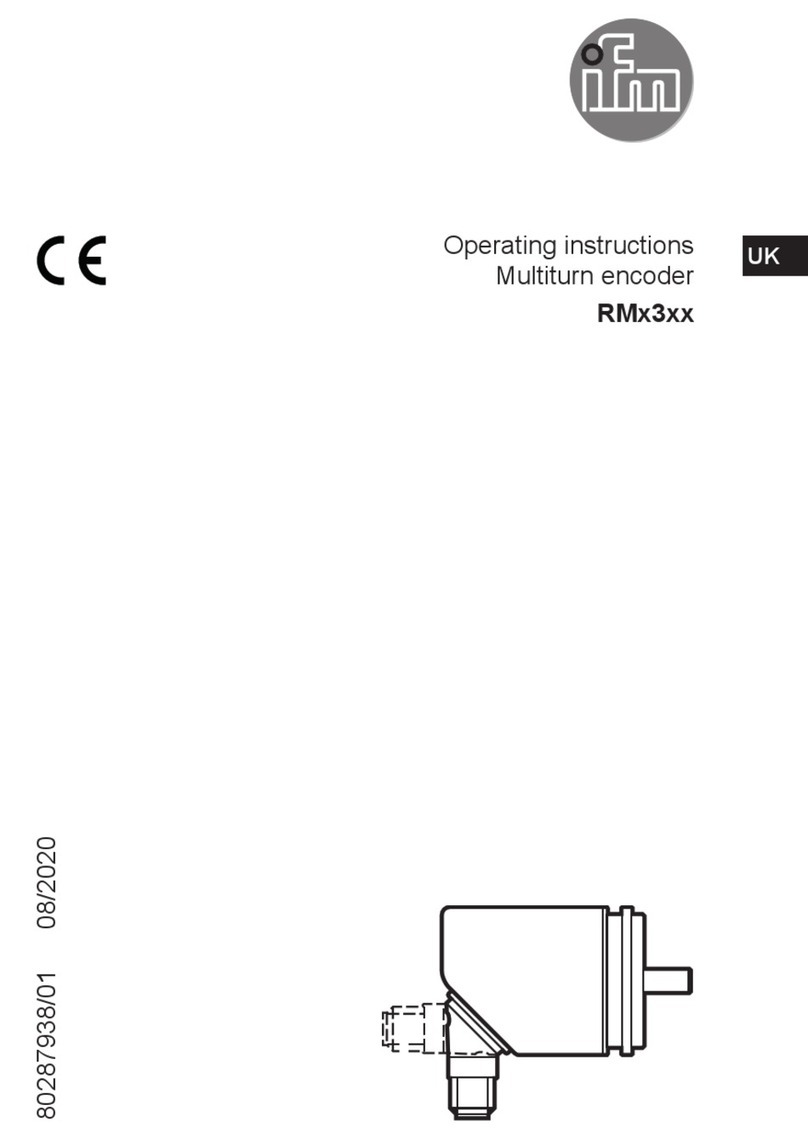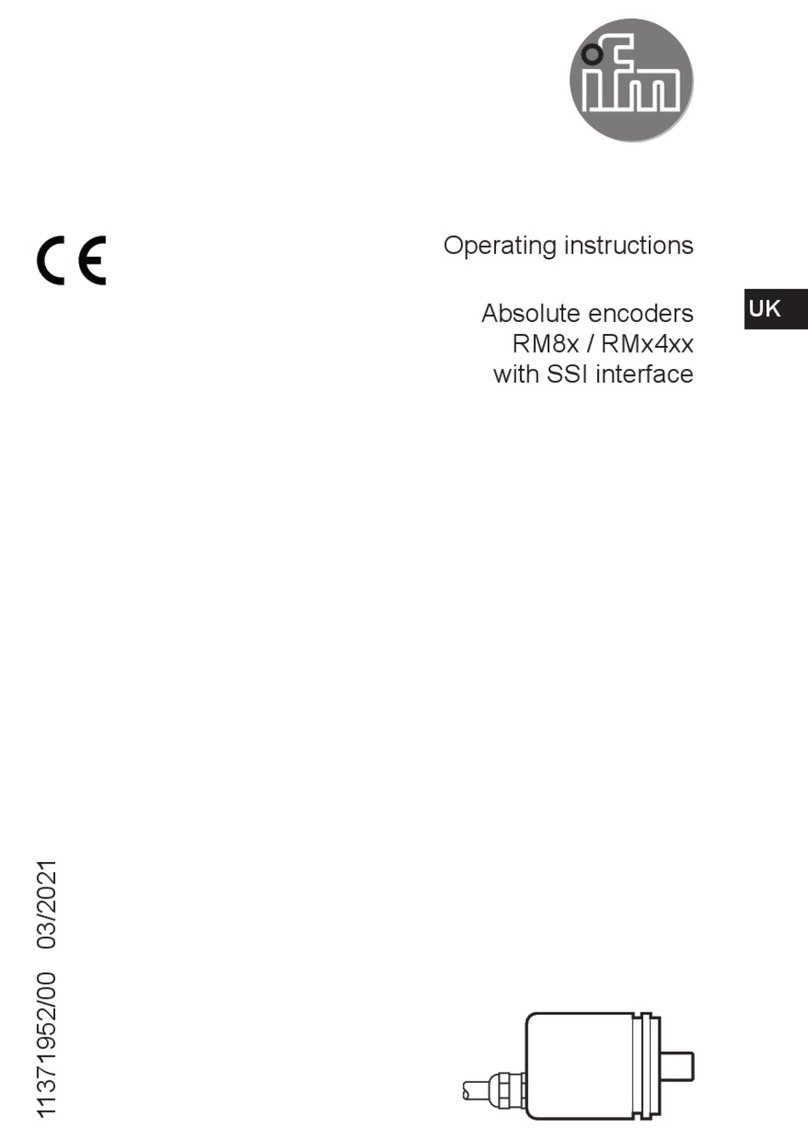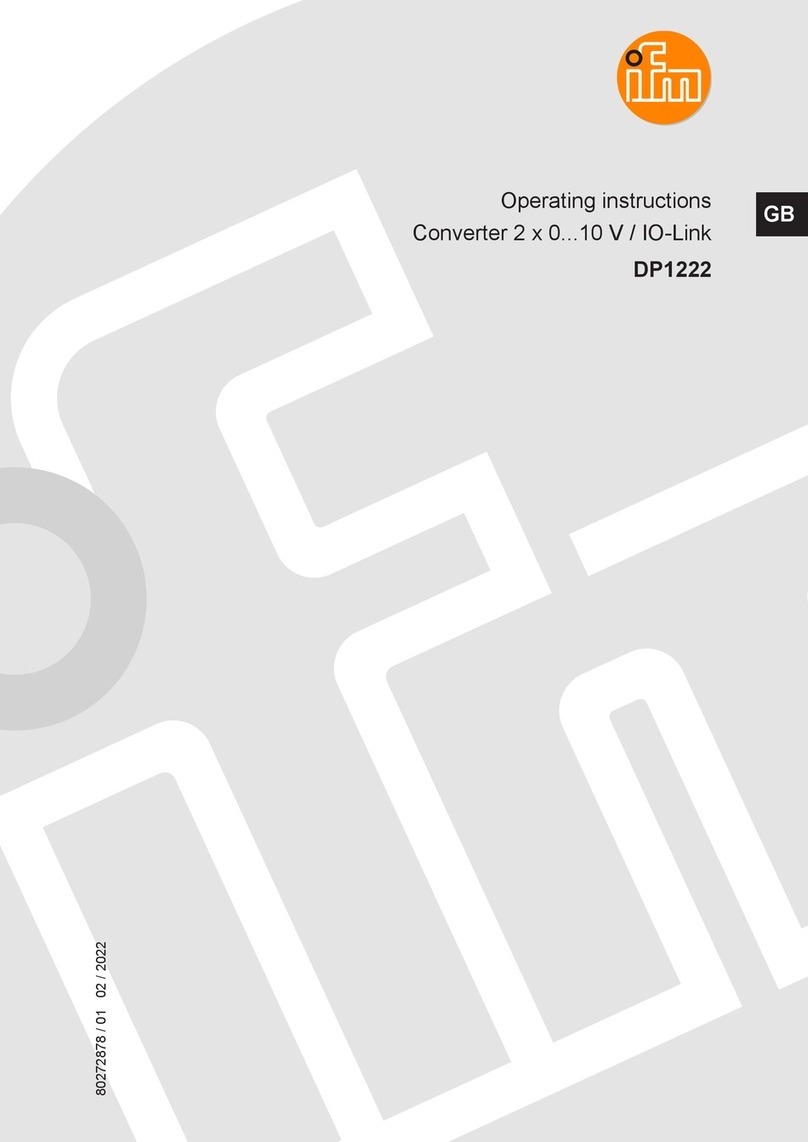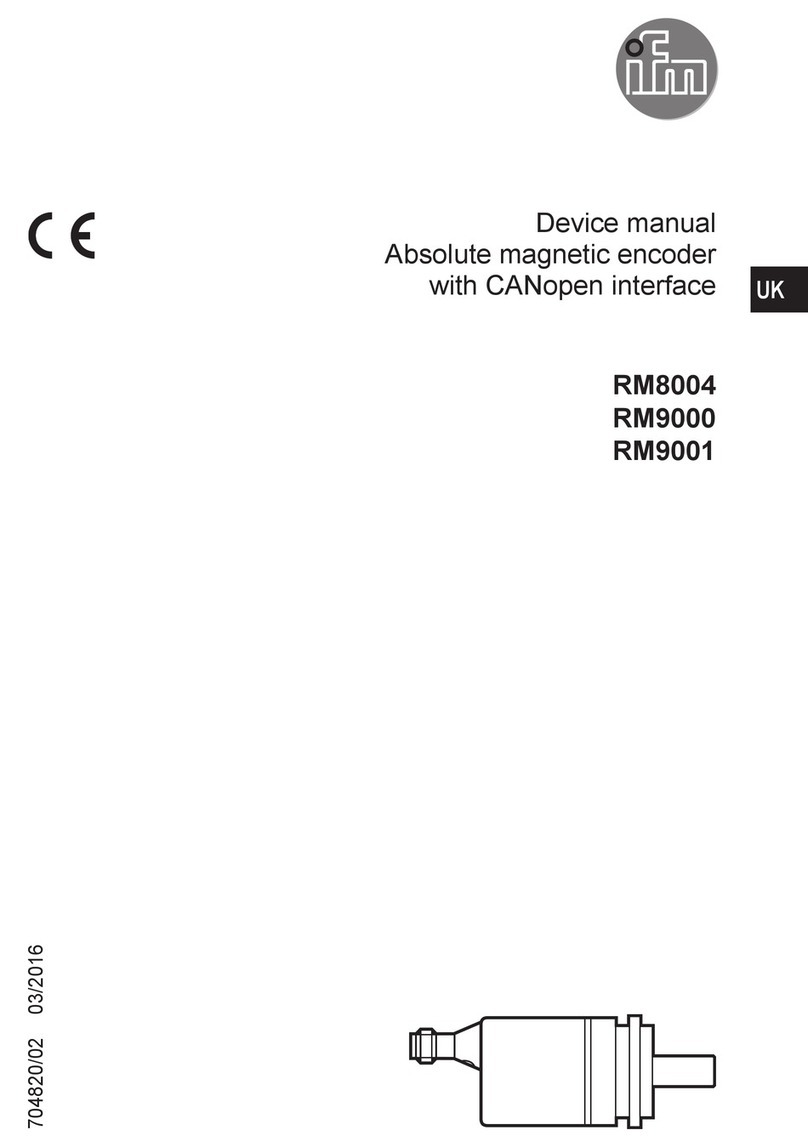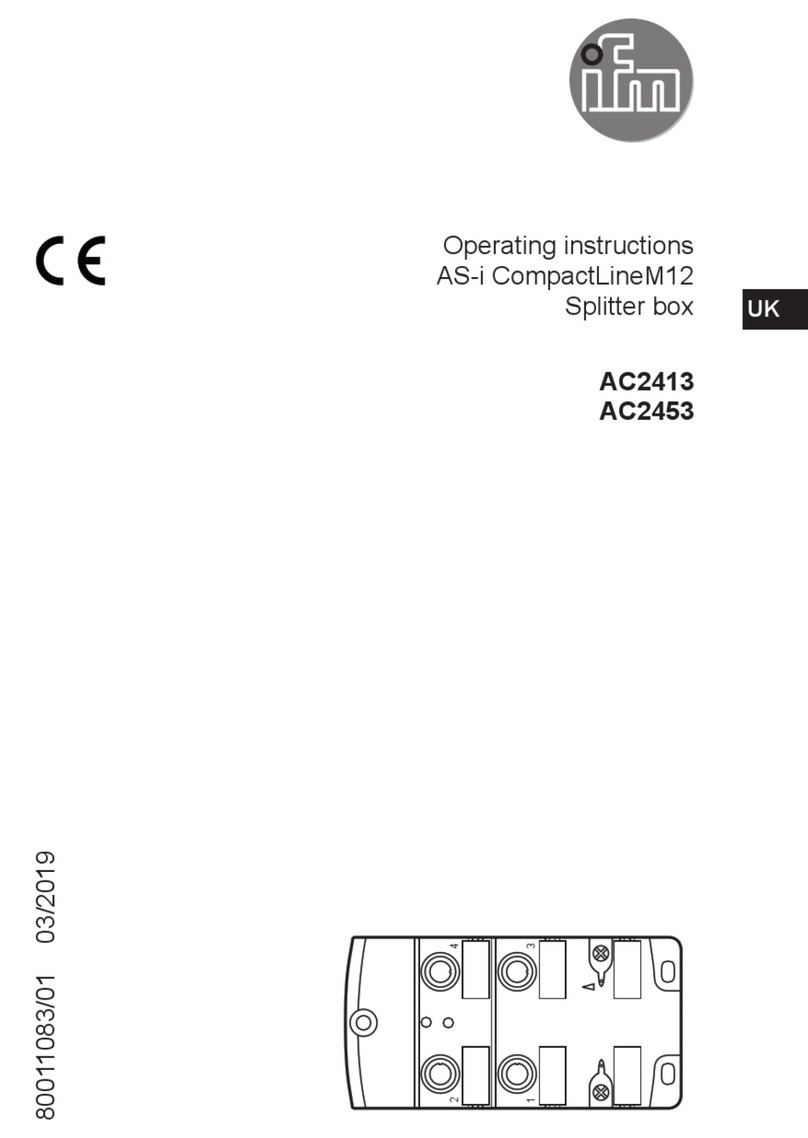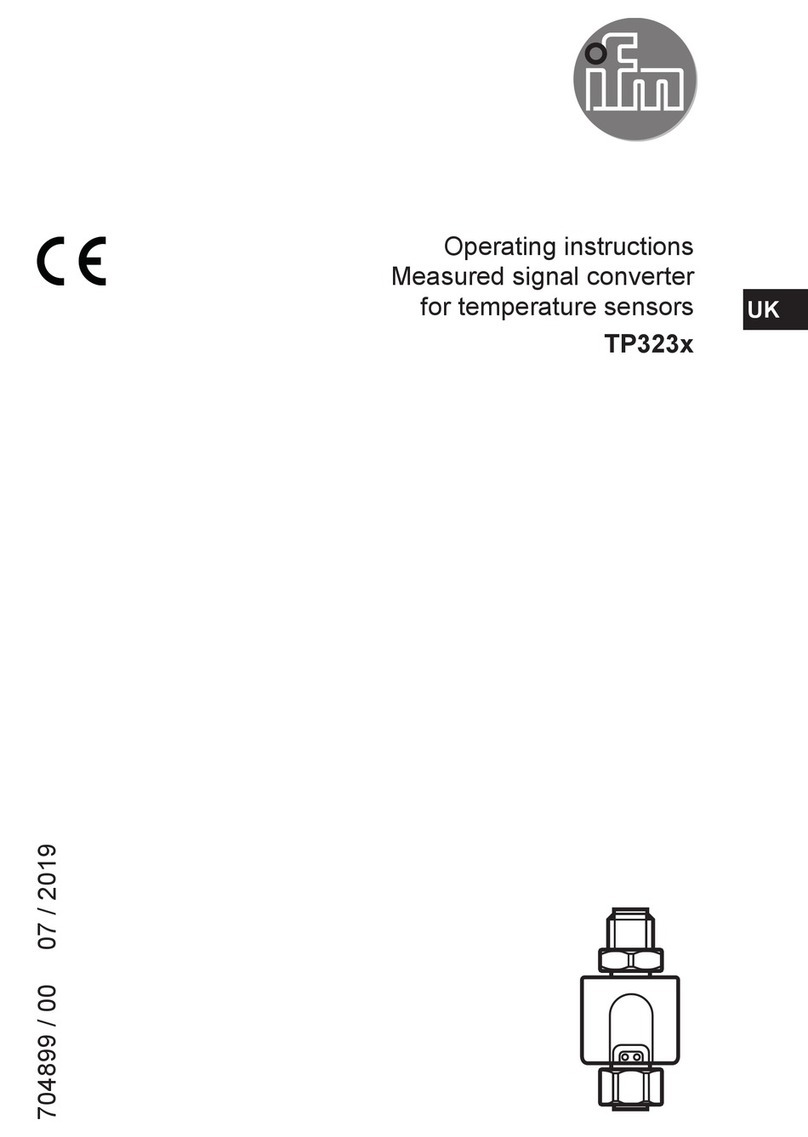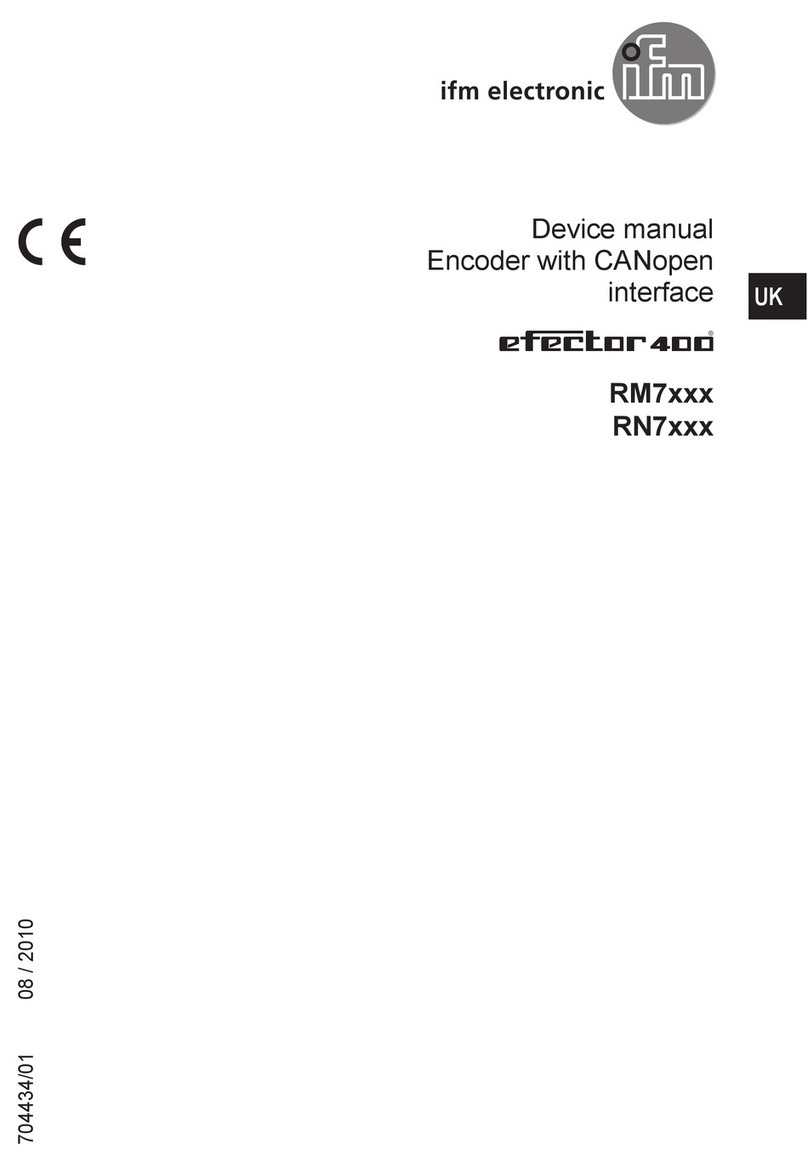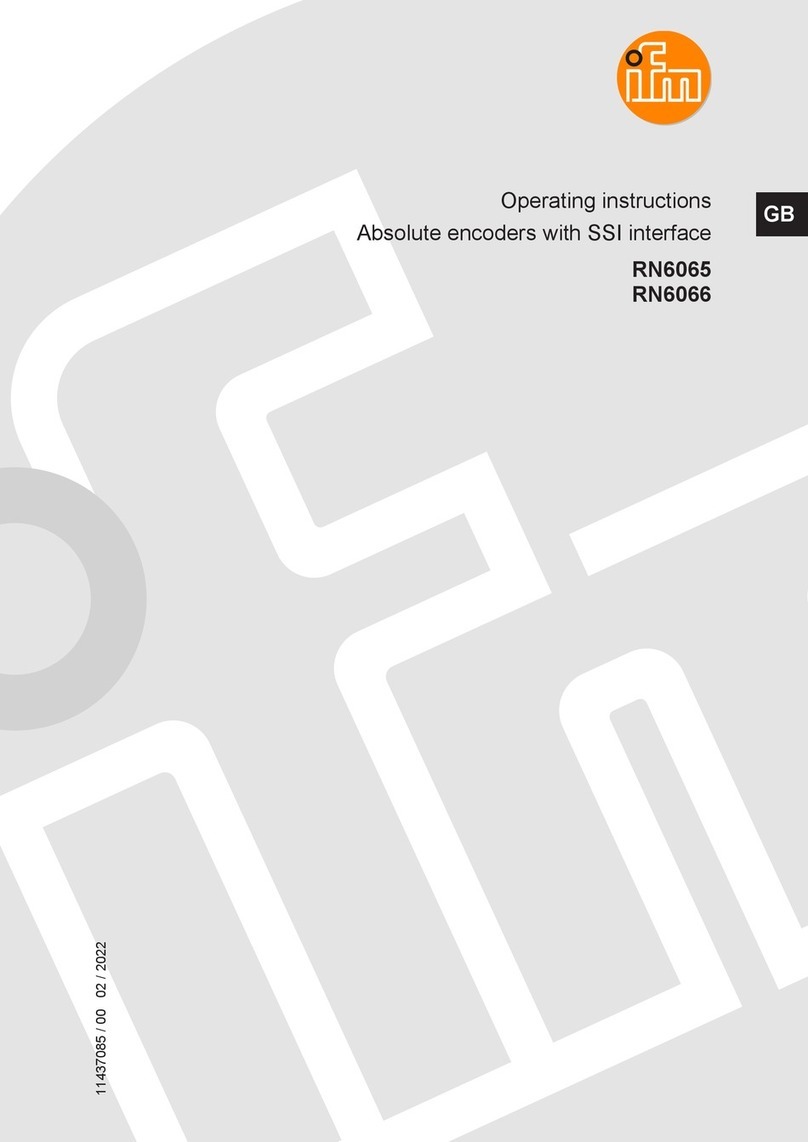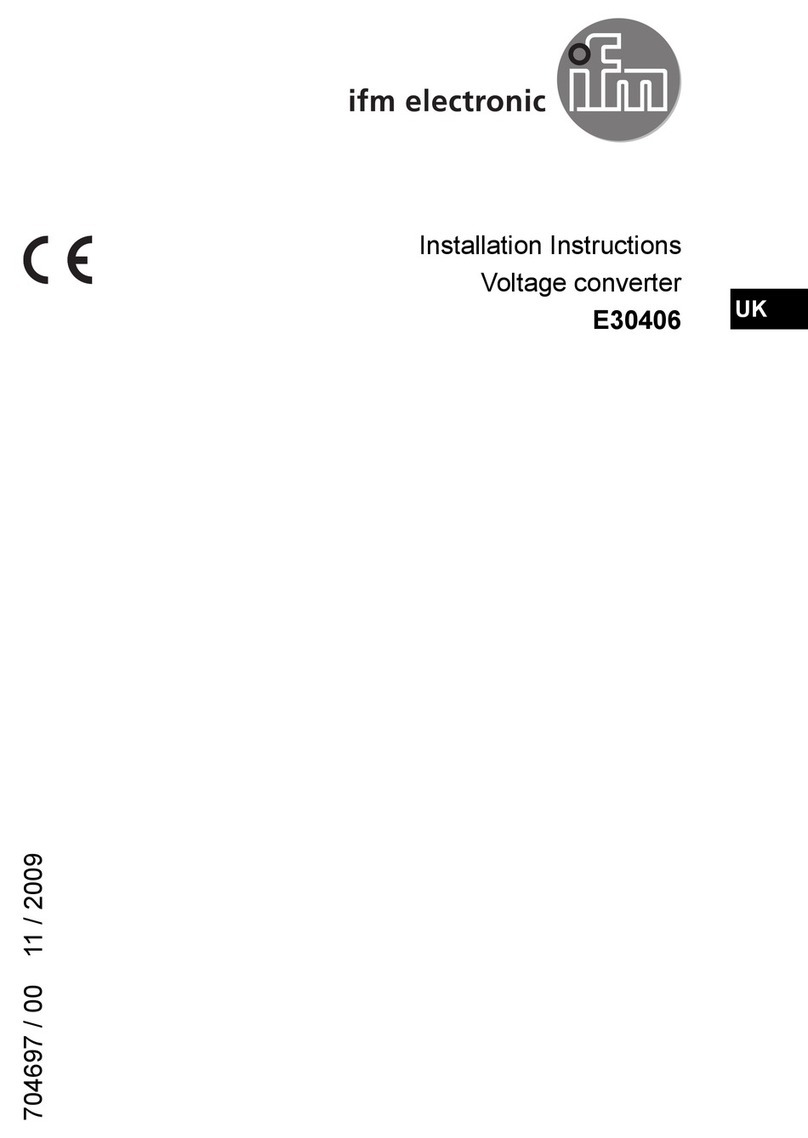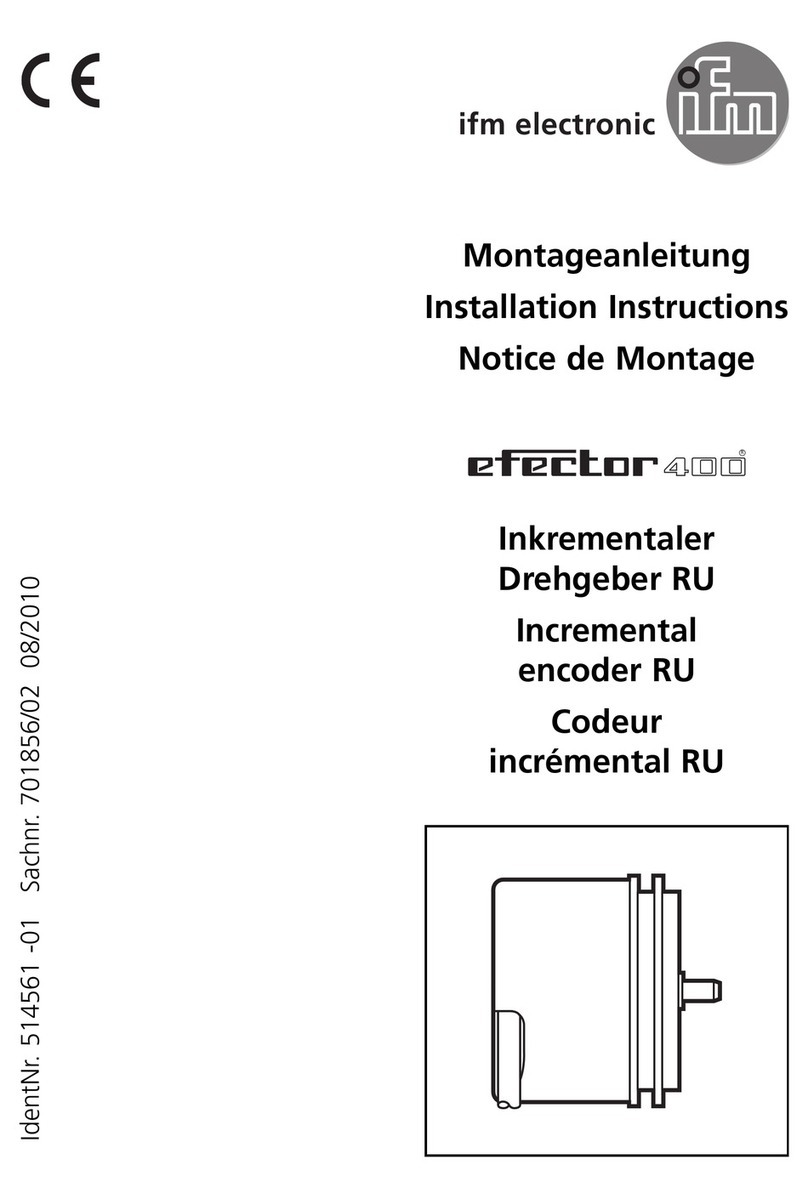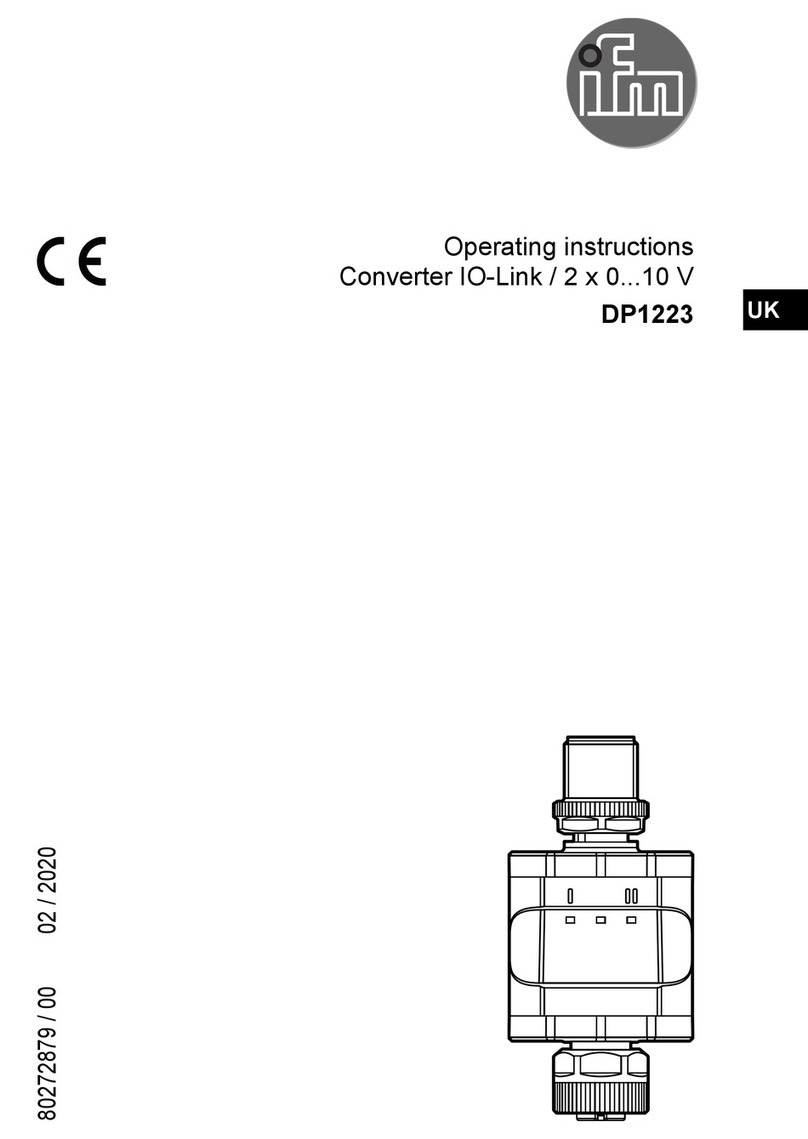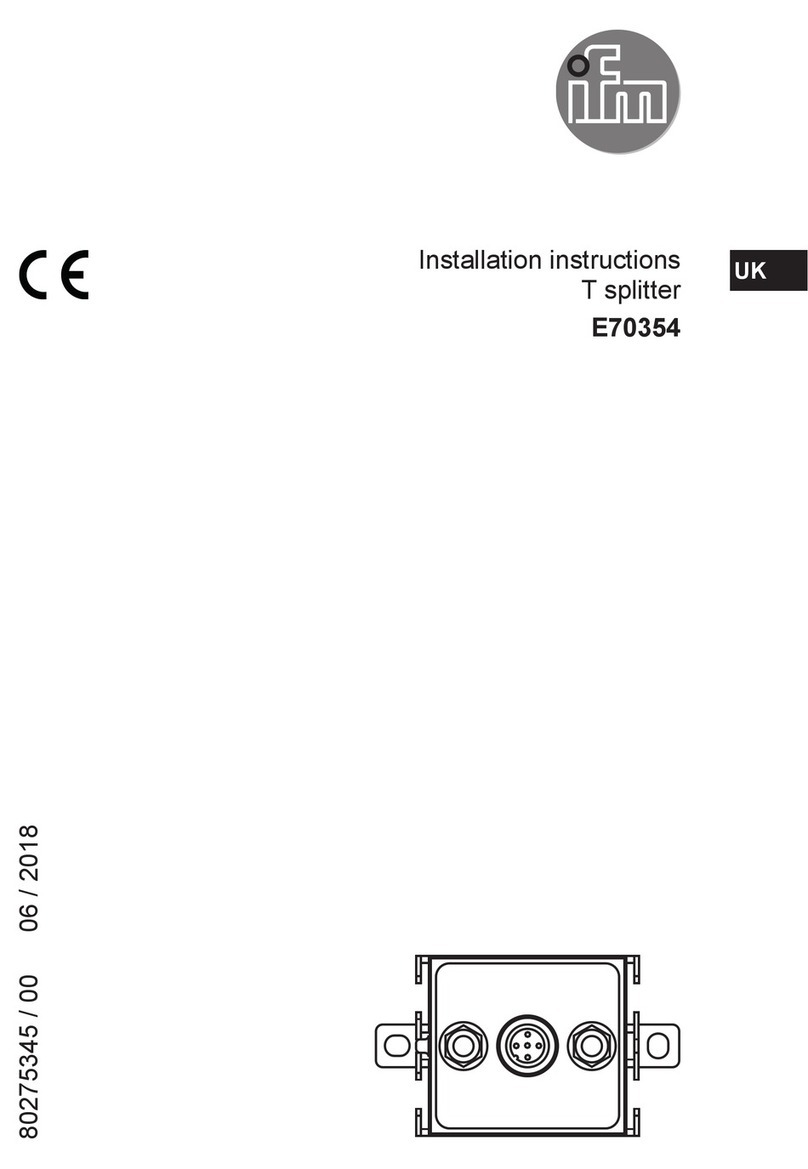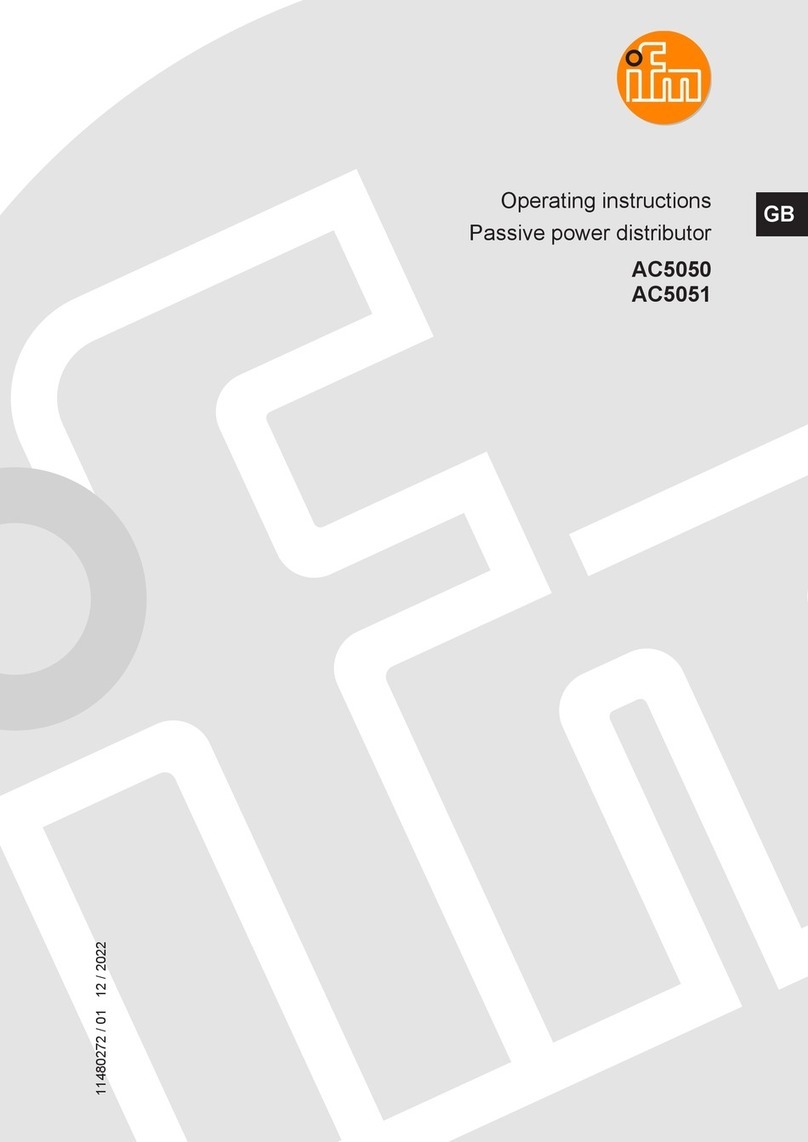
2
Contents
1 Preliminary note���������������������������������������������������������������������������������������������������2
1�1 Symbols used �����������������������������������������������������������������������������������������������3
2 Safety instructions �����������������������������������������������������������������������������������������������3
3 Functions and features ����������������������������������������������������������������������������������������4
3�1 Application area ���������������������������������������������������������������������������������������������4
3�1�1 Device types �����������������������������������������������������������������������������������������4
3�1�2 Restriction of the application area �������������������������������������������������������5
4 Function���������������������������������������������������������������������������������������������������������������5
4�1 System integration�����������������������������������������������������������������������������������������5
4�2 Write protection against unauthorised access�����������������������������������������������7
4�3 IO-Link �����������������������������������������������������������������������������������������������������������7
5 Installation������������������������������������������������������������������������������������������������������������7
5�1 Installation location / installation environment �����������������������������������������������7
5�2 Installation procedure ������������������������������������������������������������������������������������8
6 Electrical connection��������������������������������������������������������������������������������������������9
6�1 Electrical design of the output stage������������������������������������������������������������ 11
7 Display��������������������������������������������������������������������������������������������������������������� 11
8 Parameter setting ����������������������������������������������������������������������������������������������12
8�1 Parameters ��������������������������������������������������������������������������������������������������13
9 Operation�����������������������������������������������������������������������������������������������������������14
9�1 Operation and diagnostics display ��������������������������������������������������������������14
9�2 Delay times��������������������������������������������������������������������������������������������������15
10 Technical data and scale drawing��������������������������������������������������������������������15
11 Maintenance, repair and disposal ��������������������������������������������������������������������15
1 Preliminary note
Technical data, approvals, accessories and further information at
www�ifm�com�
